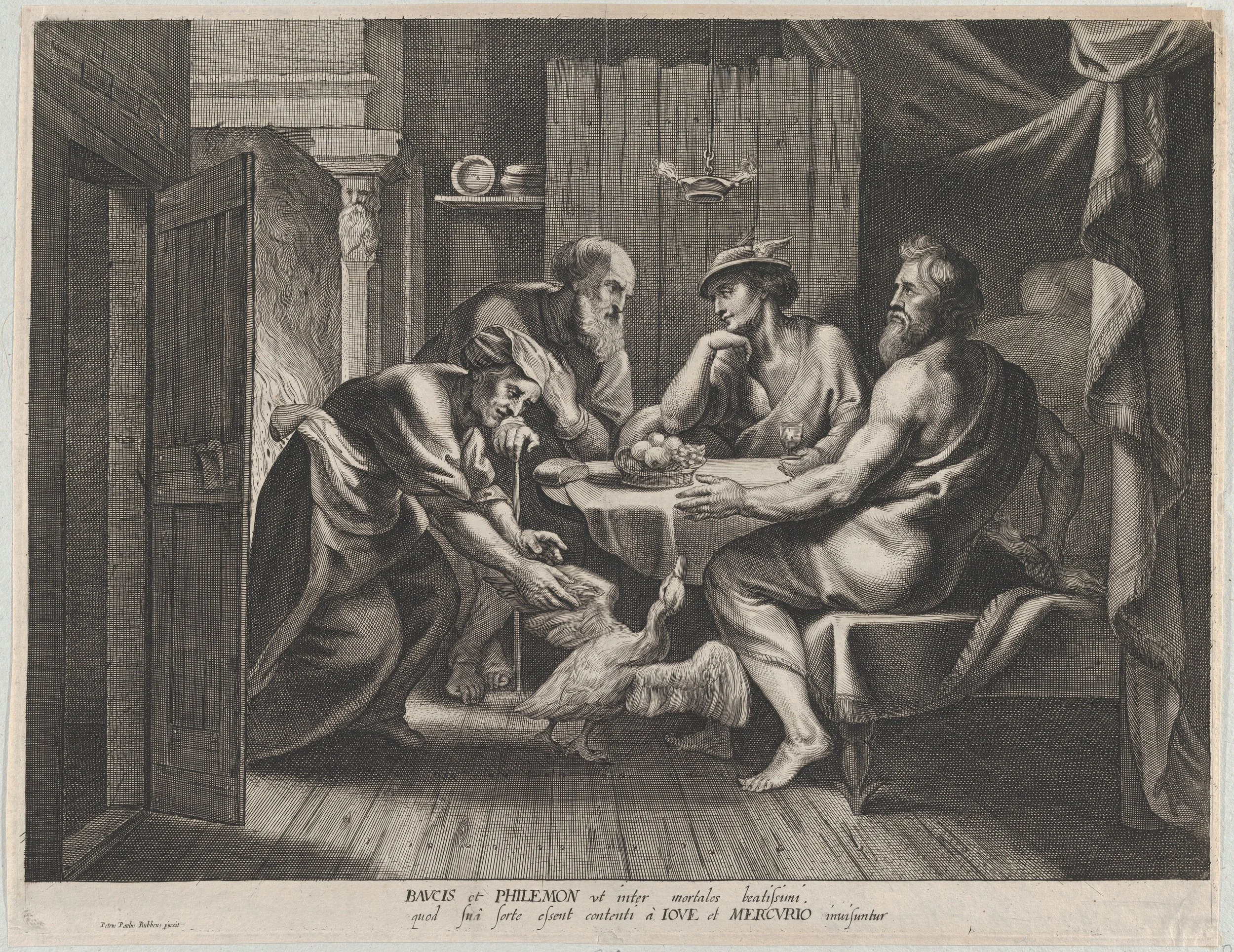Chipbreakers and Cap Irons. Myth-Buster?
Jupiter and Mercury with Philemon and Baucis discuss the merits of the cap iron over an ale.
I liked the Myth Busters the show, it was an entertaining look into all kinds of old wives tales and putting them to the test. I also like to have a myth busted if you will. Finding out something different to a belief held is often a revelation. Imagine finding out for the first time that the the earth is round! Some have even adopted the term within their writing on woodworking. I’m all ears! Our craft is an ocean and I am but a drop within. So tell me oh self appointed guru, what myth will you bust for me?
That’s the problem. While some have now taken to calling out others and labeling others as gurus, the sad reality is that they themselves are now gurus full of hubris with a very active and vociferous band of followers. That’s something I’ll miss about the late David Charlesworth. I had the pleasure of meeting David when he called in at our workshop, not so far away from his own in North Devon. I gave David a tour of our workshop, we looked at some chisels I had that we both agreed were excellent for fine joinery and we looked at a lovely fine Arkansas stone. At no point did he tell me my methods were wrong or try and be a myth buster, even though I knew his approach was differently to mine. He didn’t name drop, it was just a very nice meeting. David had a firm approach to his methods that worked for him but he would experiment and be open with others when he had learned something new to him. He added the use of the cap iron to his methods after discovering it worked based on the time he would take interacting with fellow enthusiastic users of hand planes. David! You are missed.
Myth 1. Cap Iron or Chipbreaker?
Both. We all know we’re talking about the same thing. Back Iron, double iron, top iron etc. These are all other terms that people use to describe what I call a cap iron. If we’re not careful we’ll be Alice down the rabbet/rebate hole. And please, let’s imply a lack of knowledge if someone calls it a chipbreaker.
Myth 2. How Close to the Edge?
Any. To suit the task at hand is key. This can be 1.5mm for no resistance as we work mild timber or shape something. 1mm and less as we deal with more difficult grain. It’s impossible to give settings or measurements for the settings as you get closer. It’s a feel thing, you hold it to the light and recognise what the right setting is based on your own experience. The reason we know this is because we stand on the shoulders of giants! This is all in basic information supplied with Stanley bench planes from when they cared about the Bailey line. Experiment for yourself using the abundant information provided to you. Do you need evidence that a square wheel is no good? Trust good information, don’t denounce it.
Myth 3. European Planes don’t have Cap Irons
They do. So too do some Japanese planes. Just search E.C.E planes and look at their brochure, Pinie planes as well. It is only on the roughing tools that a cap iron is not used. Some french planes had a very innovative way to adjust the cap iron. But never mind, our guru will dismiss this and have you using a fillister as a scrub plane... Imagine how hard it would be to climb down from a horse so high if you deny such things. Give the followers what the want I suppose, the pretense of the fountain of knowledge.
The main take away is that cap irons are effective and do serve a purpose. Just because the woodworking celebrity du jour dismisses them there is a weight of proven history and skilled user experience that is to the contrary. Experiment and learn. Take a look at a couple of videos I’ve done about cap irons and see what you think.


